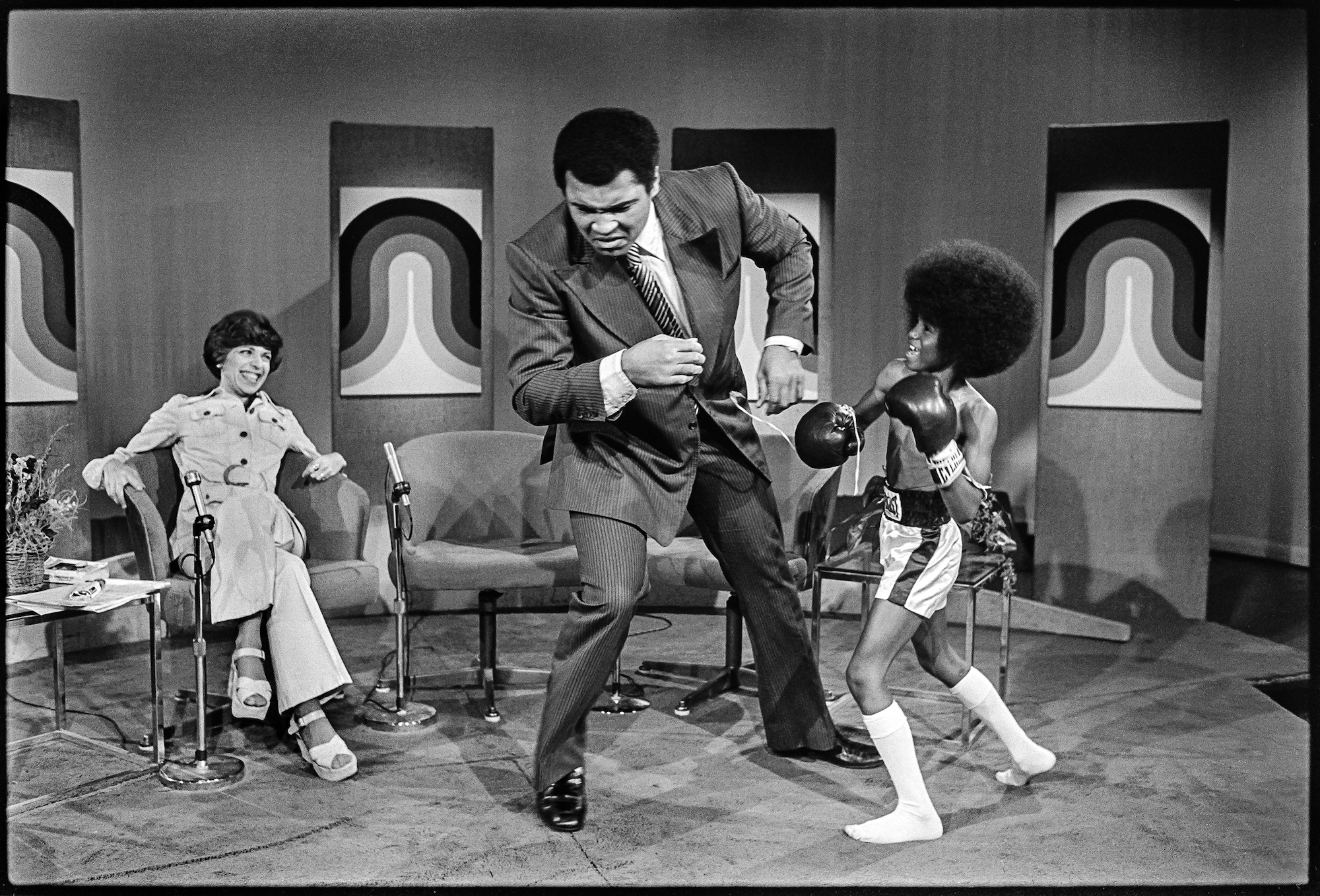
[ad_1]
In his nonfiction features, director D.W. Young explores New York City through hyper-niche perspectives. 2019’s The Booksellers delved into the city’s rare art book scene, linking this community of literary passion to the broader cultural milieu through figures like Fran Lebowitz. Young’s new documentary Uncropped (2023) does something similar with New York’s history from the back half of the 20th century onward, told literally through the lens of photographer James Hamilton.
If one specific figure could be said to represent the arc of NYC journalism, Hamilton would make an ideal candidate. He contributed to many influential publications at the height of their relevance, and his career conveniently mirrors the changing fortunes of journalism as an industry. Hamilton was on staff at scrappy upstart magazines like Crawdaddy (1966–79) and The Herald (1970–2019) during their heyday in the late 1960s and early ’70s; The Village Voice (1955–2017) throughout the ’70s, ’80s, and early ’90s, when such alt-weeklies were preeminent; and the New York Observer (1987–2016) in the later ’90s and 2000s, when the advent of the internet spurred a shift in strategy toward shorter-form writing and flashier subject matter. In a darkly fitting career capper, he left the Observer a few years after it was purchased by Jared Kushner, ominously foreshadowing how outside capital would soon come to devour nearly every news outlet.


Uncropped is most engaging when it addresses in depth either those logistical concerns about how business has shifted journalism’s fortunes or the artistic side of Hamilton’s work. His photography is characterized by the striking composition of candid images, whether it be a child who’s scampered up a streetside emergency box or a glamorous actor lighting a cigarette at a high-society party. That skill translated into his flourishing in other genres: Not many can claim to have done on-the-ground news capture, celebrity portraiture, war pictures, and set photography on film shoots. Indeed, Hamilton speaks in the film about how the cinematography of Alfred Hitchcock and Orson Welles were just as much inspiration to him as more traditional photography.
These kinds of technical details help tangibly connect a viewer to what Hamilton is doing in his photos. Frustratingly, however, Uncropped devotes much more of its time to having its interviewees simply state what we’re supposed to be noticing in his photographs. The film takes a similar approach in its recollection of history: Too much of it is taken up with chronicling already familiar history that could easily be slotted into any other documentary. Uncropped takes on a worthy subject who deserves more appreciation — but fails to fully appreciate him.





Uncropped (2023), directed by D.W. Young, is in theaters now and releases on video on demand platforms on May 7.
Related
[ad_2]
Ahmed Ibrahim
Wow that’s good